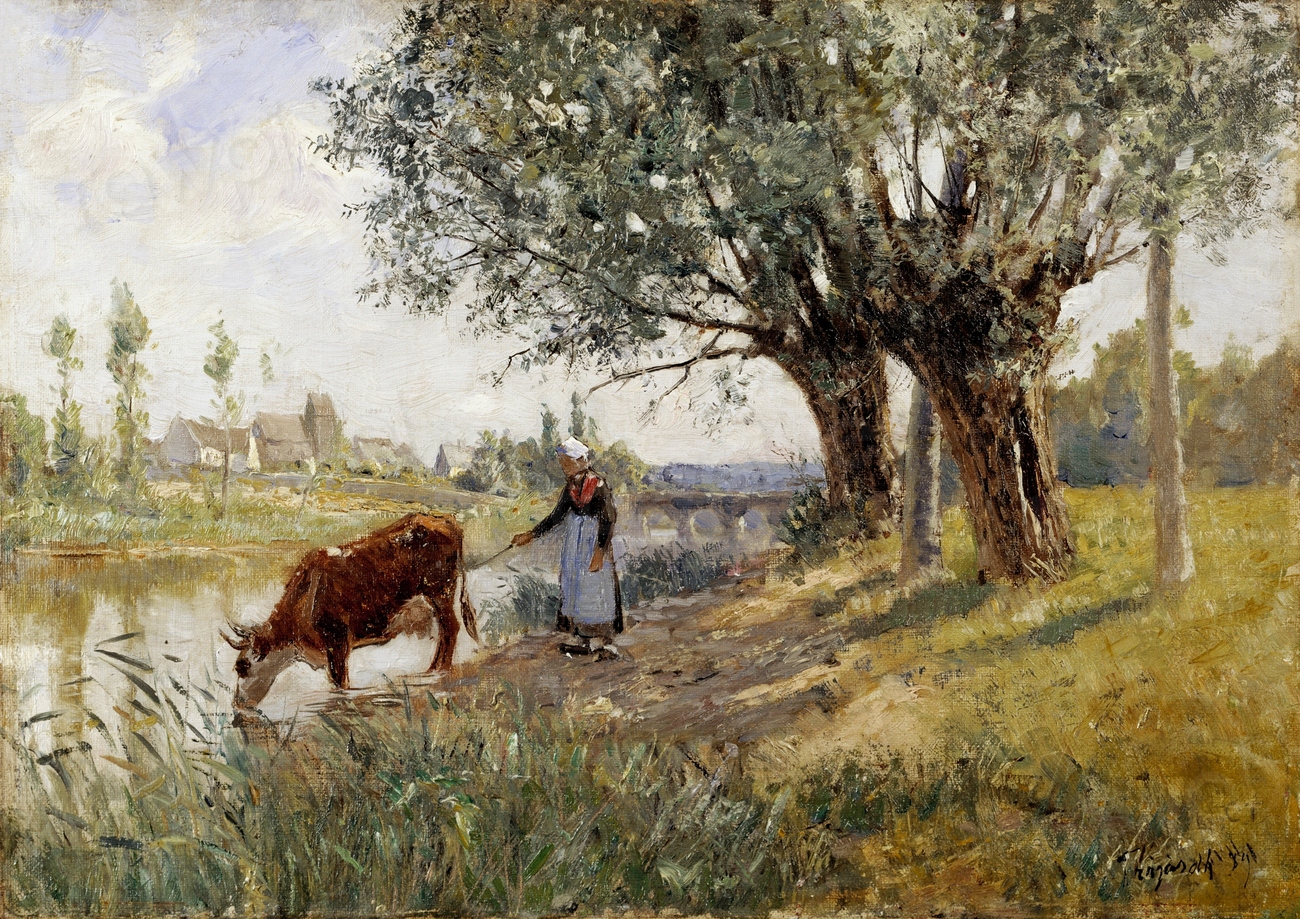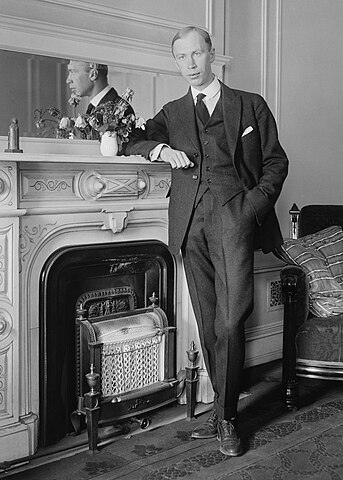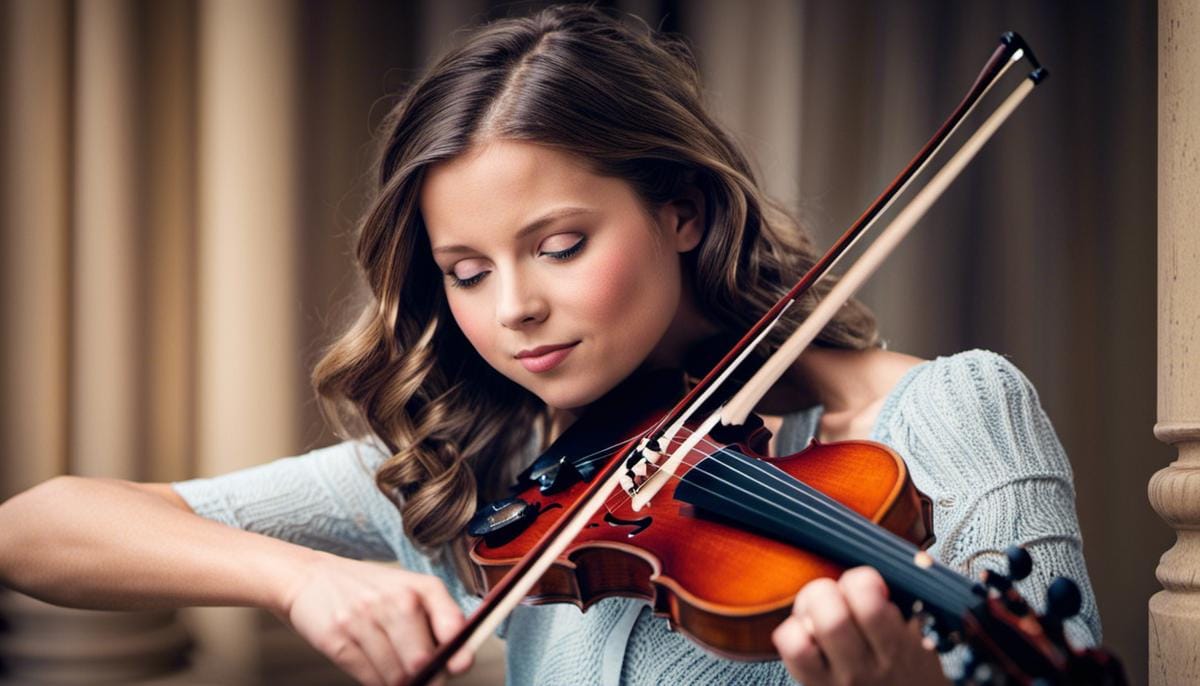Underrated Female Composers (2024)
Introduction For centuries, classical music has been dominated by the works of male composers. Understanding the lack of recognition for female composers is essential in acknowledging the significant impact they have made in the classical music landscape. By celebrating female composers during Women’s History Month and beyond, we can shed light on their invaluable contributions … Read more









